Often gardeners wonder if sphagnum moss for orchids can be used. This stage is very important so that orchids can develop.
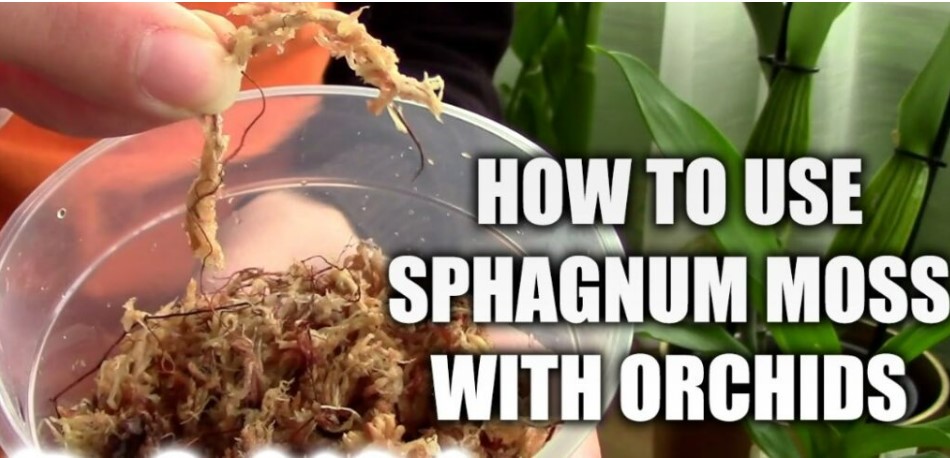
What is sphagnum moss?
Before proceeding with the study of the use of sphagnum moss for orchids, you need to familiarize yourself with the component itself. Sphagnum moss is a small plant that can vary in shade and prefers to grow in nutrient-poor soil.
That is why it develops well in terrariums and places where the soil is not fertilized. The best option is potted, in which Phalaenopsis orchids grow. Most often, moss is found on trees that have begun to die. However, sphagnum moss is not a parasite that provokes the death of trees.
There are practically no nutrients in the tree bark, so sphagnum moss can develop there. Therefore, for example, the fir bark will be completely safe for your Phalaenopsis orchids.

The importance of sphagnum moss for Phalaenopsis orchids
You can do a little experiment by dropping some water on the tip of a moss bush. Water will begin to move along the developed vascular system of the orchids, and will soon reach the other side. Abundant or frequent watering of plants is not required. After all, moss can hold 20 times more water than its dry weight.
The release of water is rather slow. Therefore, an ideal environment is created that will distribute moisture and nutrients. Inside, sphagnum has a porous structure. The circulation of water through the moss contributes to its moisture and expansion.
Many gardeners prefer to slowly water the Phalaenopsis orchid by placing ice cubes on the soil. However, this can harm the bush itself, provoking the formation of black spots on leaf plates and petals. Ice cubes will destroy the covering of the roots, which will prevent them from absorbing water in the future.
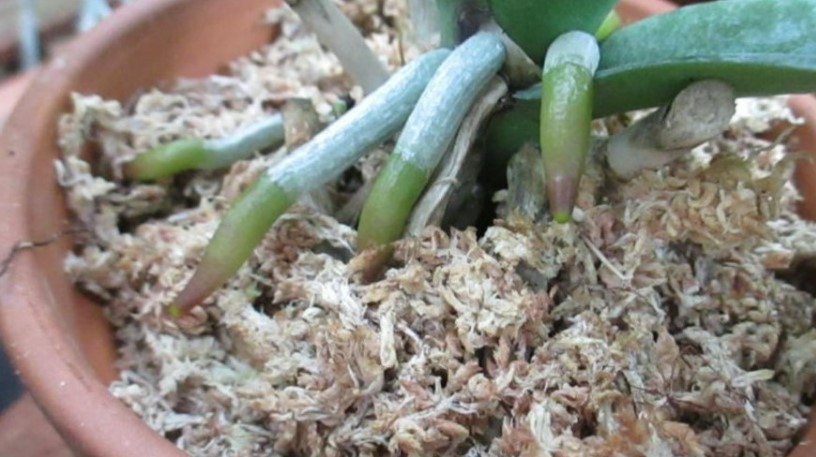
Good quality moss
You need to understand that sphagnum may vary in quality, so there are different plant varieties. You can find letter markings in the form of asterisks. The longer, thicker and denser the moss is, the better it will absorb moisture and nutrients. Therefore, such options are considered high-quality.
Long threads of moss can wrap around the roots of a Phalaenopsis orchid. Dense strands contribute to better absorption of moisture. You can compare moss to a sponge. The greater its thickness, the better the absorbent properties will be. Some orchid growers prefer to fill the pots with sphagnum so that the orchid gets more water.
However, the principle of operation is slightly different. The more you squeeze the sponge, the less moisture it will absorb, even if you start pouring water on it. The more the sponge gets wet, the more water it absorbs. Sphagnum for Phalaenopsis orchids differs in the same principle.
It is impossible to single out several well-known brands that sell sphagnum moss. It is better to dwell on the countries in which the moss is of the highest quality. New Zealand moss is of excellent quality, which is superior in quality to options that are labeled AAA.
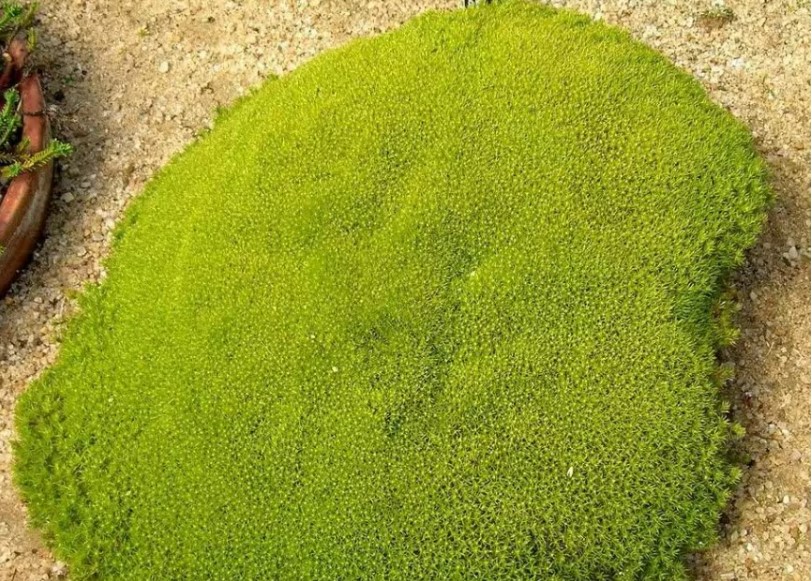
Sphagnum Cristatum deserves special attention. This is an excellent variety that greatly facilitates the transplant process. It is also found in New Zealand, as is the moss S. Subnitens. The high-quality moss S. Magellanicum grows in Chile. It is also called Magellanic swamp moss. It is distinguished by short threads and fibers.
There are good types of moss in Wisconsin and Canada. The choice is up to you.
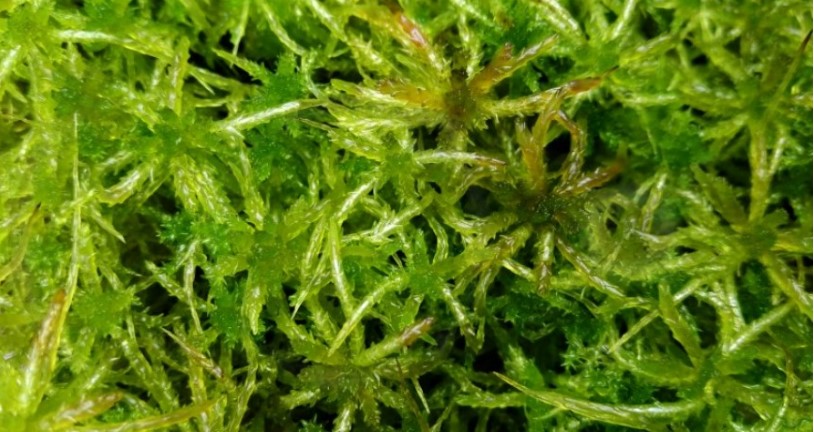
Can only sphagnum moss be used for orchids?
Yes, sphagnum can be used separately. This is a great solution if you need to urgently care for a sick orchid. A sphagnum medium will be appropriate if the root system of sick orchids has been damaged or is missing altogether.
Sphagnum is not abrasive to a new root system when compared to lava stones or perlite. If you notice the constant humidity indicators, moss will be ideal. The main thing is not to compact the sphagnum very tightly. Thanks to this, proper air circulation will be created, and water will be better absorbed.
If grow orchids in a humid climate, sphagnum is a must for them. This category of orchids includes Masdevallia and Bulbofalium.
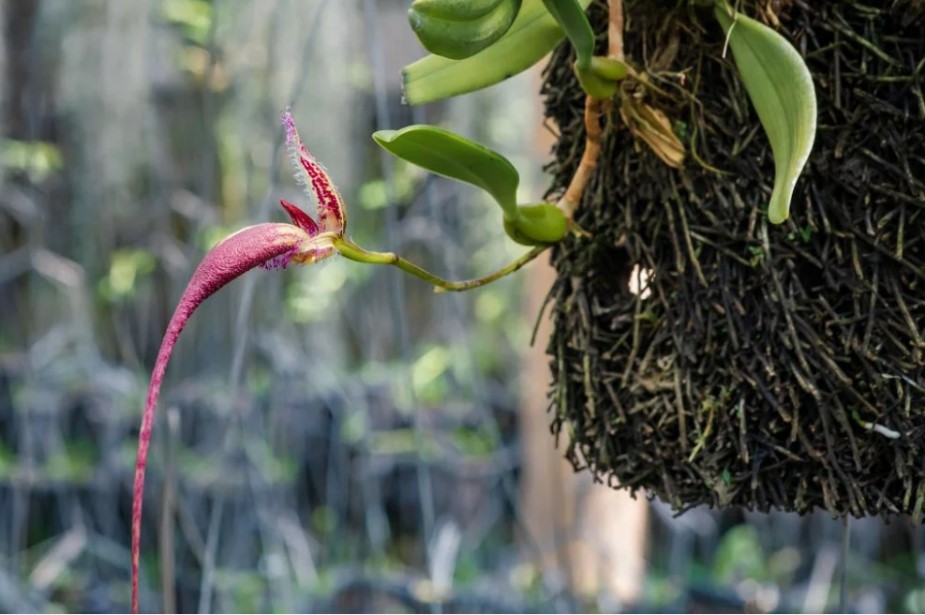
Features of sphagnum transplant
If you plan to transplant sphagnum, you should soak it. The soaking period is from half an hour to 8 hours. When the moss gets wet, it needs to be wrung out so that the environment is not excessively wet. Many believe that this behavior is counterproductive. It is not.
The main purpose of soaking is to absorb wetness into the moss. After all, it often lies in containers or bags on store shelves, and practically does not come into contact with moisture. With the help of soaking, you can fluff the strands. To prevent excessive water from penetrating the orchid roots, the moss must be squeezed out.
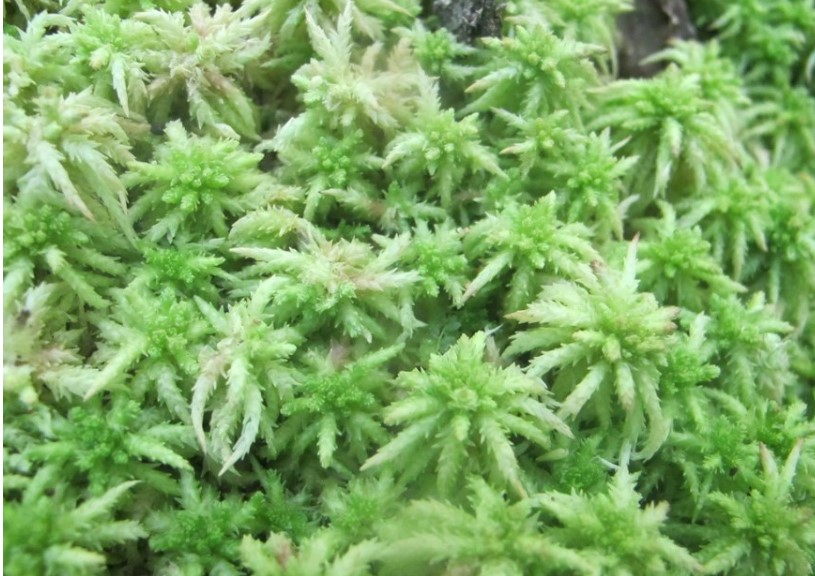
This will prevent root rot. After all, it can provoke the death of bushes. After, you need to wrap the sphagnum threads around each orchid root. However, try to work in such a way that there is room for air flow to enter, as well as further development of the roots. You cannot wrap the roots tightly.
Form a large ball of moss into a ball and place it in the middle of the orchid. Compare orchid roots to a baseball glove and moss to a baseball. Moss must be carefully put into the roots. Then put the orchid in a pot, in which you first leave room for the roots. The optimal amount of space is 1-2 inches.
After you need to install the moss between the roots and pot walls. However, there is no need to compact anything.
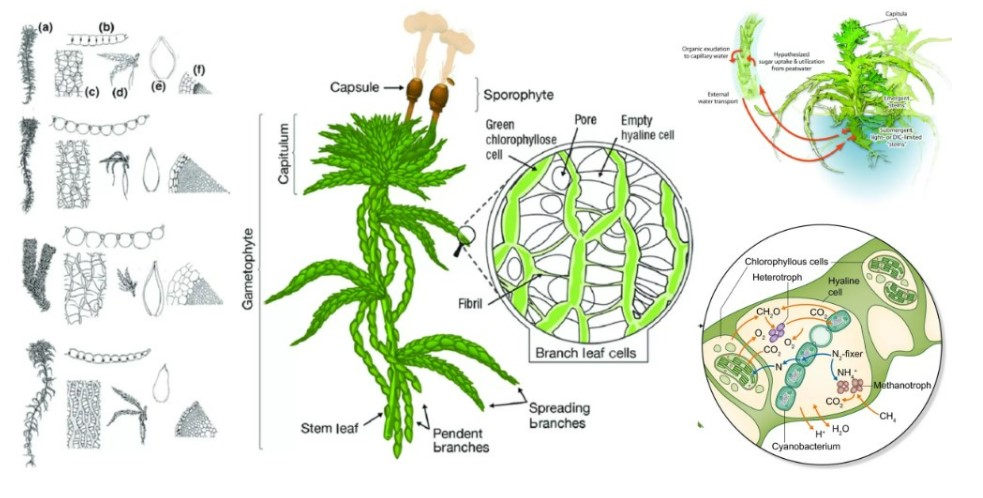
The life span of sphagnum moss
The shelf life of moss depends on the quality of the material itself. On average, the shelf life varies from 6 months to 5 years. If you bought high-quality moss, repotting will be required every 2-5 years. If the quality of the moss is poor, then repotting will be required at intervals of six months.
Low-quality sphagnum moss will be appropriate if you need to treat orchids. After all, transplantation can be carried out more often. If you have a young orchid, you can also use low-quality sphagnum. However, high-quality sphagnum moss should be used whenever possible.
The use of sphagnum is allowed to treat diseased orchids. Once the plants have recovered, you can report them. However, it is better to do this after six months. If the orchid is mature and healthy, frequent transplants can be harmful to it. The less you interact with the plants, the better they will feel.
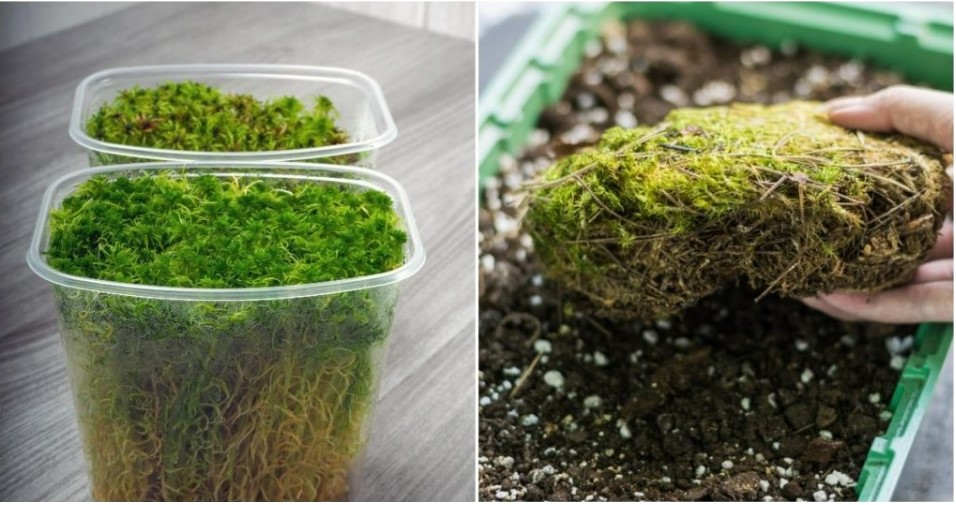
Is sphagnum moss allowed to be reused?
Doing this is not recommended. As soon as the transplant is carried out, the moss that has begun to decompose should be discarded. After that, you should start adding a new environment. This will ensure good air circulation, as well as an optimal acid-base balance.
A clean mixture will be achieved in which roots grow well and water is retained in the correct amount. As soon as the sphagnum moss expires, air circulation will deteriorate. Because of this, the quality of the moss deteriorates. Better to throw it away and never use it again.
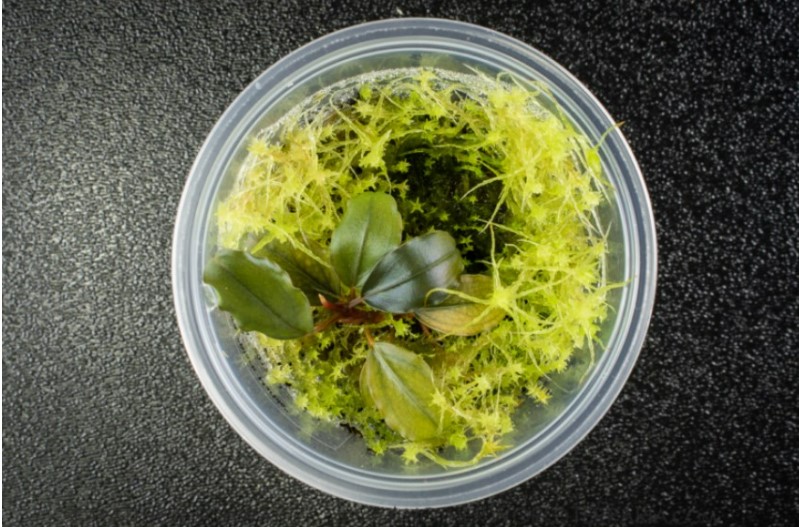
Why do some people refuse sphagnum moss?
Sphagnum moss has several disadvantages. First, it can retain wetness. Many note that this causes the development of root rot. If you water your orchids a lot, the moss won’t be able to handle that much water.
The pores will retain wetness and slowly release it into the environment. The disease will develop due to over-watering. It is important to remember that you should not take much orchid care so that it pleases you with its beauty. You can forget about the bushes for a few days, and nothing bad will happen.

Low pH
Another sin is that sphagnum has a low pH. Therefore, the soil will become more and more acidic. When you buy sphagnum, it has a neutral balance. However, over time it can develop toxins. The toxicity of sphagnum can provoke the death of orchids. Therefore, you will have to wash the soil monthly.
Flushing will be a great solution, as it also helps eliminate salt retention. Sphagnum moss can retain nutrients, after which it begins to release them into the substrate. Remember to carefully add fertilizer to the orchid if you use sphagnum. Therefore, it is better to dilute them with half the dose that is recommended.
Even if you dilute fertilizers, salts can still be deposited. After all, they accumulate even in the water that is used for irrigation. The only exception is rain and distilled water. Every month, you need to take the box with the orchid into the sink and leave it in the water for a while.
This will effectively flush the soil. However, work carefully so that the sphagnum does not compact. A third minus emerges from this – the rapid compaction of sphagnum. This is not affected by the quality of the moss itself, but also by the watering method. If you raise a jet of water high, then press the soil down hard and tamp down the sphagnum.
When people take an orchid to the sink, they periodically forget about this recommendation. Do not open the faucet for irrigation at full capacity. The stronger the water pressure, the faster the sphagnum will compact. Therefore, the seal should not be strengthened by the force of water.
If you want to prevent sphagnum thickening, it is recommended to use LECA, 1-2 inches thick. It is placed in the bottom of the pot. If watering is carried out, you should install the container in the pan, in which the water is slightly covered with stones. LECA has excellent water absorption properties.
Therefore, it will retain wetness, transferring it to moss. Water-conducting properties should also be noted, which ensure a uniform transfer of water inside the container. Yes, it will take a lot more time to work. However, this method is very effective.
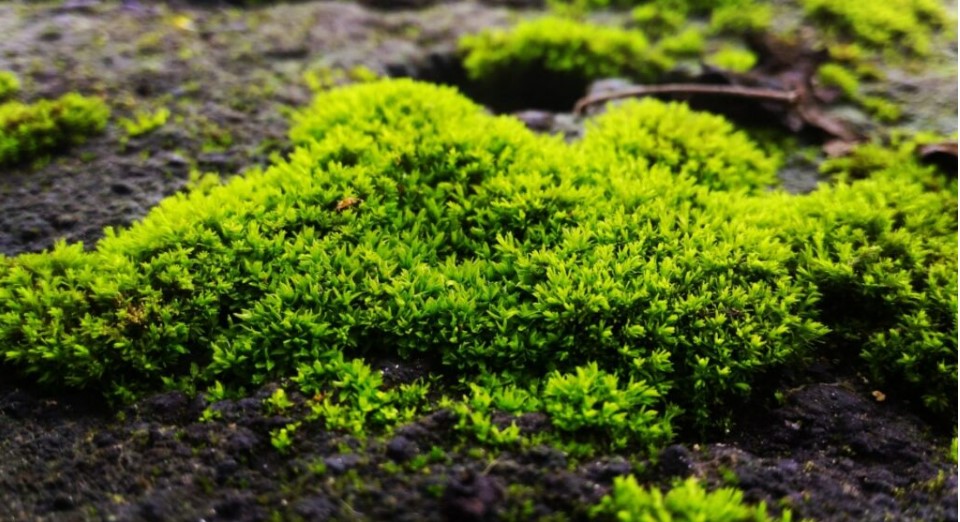
The benefits of sphagnum moss
Sphagnum moss is great for top dressing. To protect new roots before they begin to penetrate the soil, a small amount of sphagnum moss is allowed. This will prevent drying out. To keep the roots moist all the time and have some nutrients, top dressing can be applied.
It is not necessary to add too much top layer on top, which will prevent air circulation. On the roots, you need to lay a little moss. As soon as the roots grow to medium size, the top dressing can be discarded.
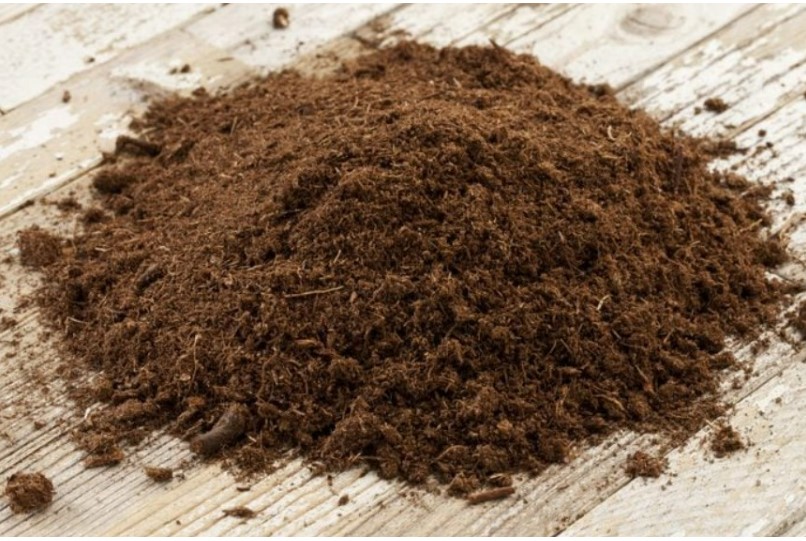
Top dressing
When growing Paphiopedilums, a little top dressing is required. However, in most cases, they are required for aerial roots. If you work in a room where there is little wetness, the top dressing will be more than appropriate. Thanks to this, the orchids will receive high-quality care.
Even though orchids have aerial roots, a little sphagnum will help protect against the aggressive growing environment around them. As you can see, sphagnum moss is an excellent solution for cases where air humidity is low.
Preventing the application of bad sphagnum moss
If you are buying sphagnum moss from New Zealand, as already mentioned, you need to focus on the rating scale. The best quality products are marked AAA. Moss from Chile is of good quality. However, it is still better to choose goods from New Zealand because they are the best.
Some people buy items marked “orchid moss”. However, it is better to abandon such an idea. In most cases, they are of poor quality. They are small and fluffy. Therefore, it is better to refuse to use it.
Quite often at the time of purchase, you may notice that the moss is dry, and has a light-brown tint. You shouldn’t worry about this. After all, this situation is quite normal. Once you place it in a container and water it, chances are good that it will regain its green color. Even if this does not happen, the quality will not be spoiled.
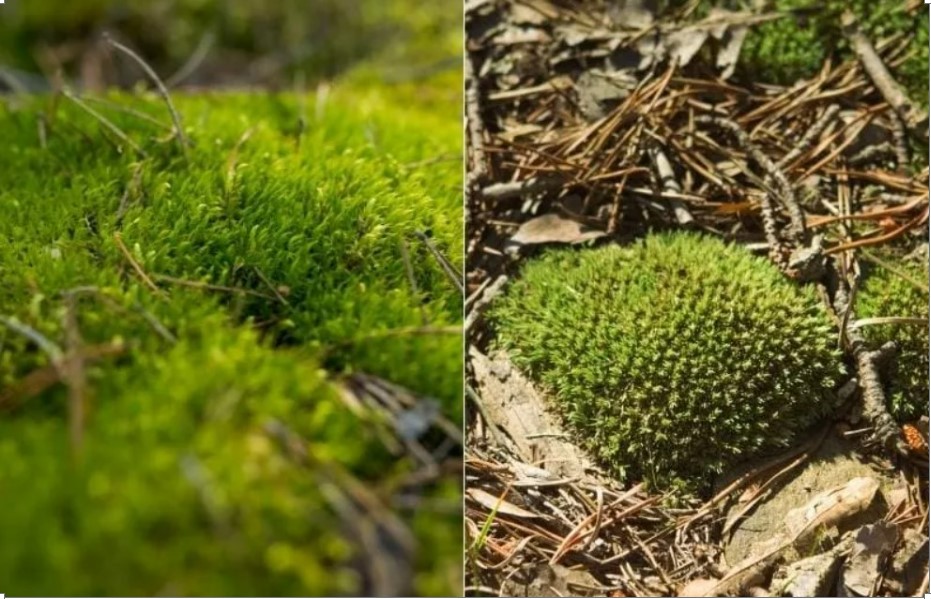
How to use New Zealand Sphagnum moss: methods
You need to make sure that the sphagnum moss is used correctly. Especially if you use the New Zealand variety. This is the only way to get the most out of it. Moss can be used in different ways. The methods will be discussed in more detail below.

Add moss to the substrate
Many materials can be used as a substrate for filling orchid pots. It is best to use cut orchid bark. The only disadvantage of using this material is that it does not retain wetness well.
Therefore, it is advisable to combine it with sphagnum. This will help maintain optimal humidity levels. However, remember that the amount of water depends on the age and type of orchid.
Application of sphagnum on the surface
It is not uncommon to notice poor growth rates in orchids that grow in moist soil. However, moist air has a positive effect on their growth. To create optimal conditions for the orchid, add a little wet moss to the soil surface.
This will prevent it from coming into contact with the root or bulbs. In this case, the humidity will be maintained at an optimal level.
Growing seedlings
Often, when growing orchids, gardeners prefer to do it immediately in clean and fresh moss. If you are planning to grow from seedlings, you will need a large amount of sphagnum moss from New Zealand. This method can be used if you plan to work with cuttings. And it is better to place moss with cuttings in greenhouse conditions.

FAQ
When using sphagnum moss, many questions arise. Some of them will be answered below.
Is sphagnum moss good for orchids?
Sphagnum moss would be a great option for orchids. However, it is quite difficult for beginners to work with it. After all, you need to properly regulate the humidity indicators for the orchids, so as not to harm them.
How long should you soak sphagnum moss?
Immerse the moss in water for a third of an hour. As the water soaks up, the moss will grow in size. Additional water may be required if it is all absorbed during this period.
What is sphagnum moss for orchids?
Sphagnum moss can be used as a substrate because it retains wetness very well. It will be the best solution for planting young orchids. However, it will not always provide proper aeration for the roots to breathe. And further orchid transplantation will be difficult.
Why is sphagnum moss important to my orchid?
The importance of using sphagnum moss for orchids is that it is better able to retain wetness and keep it at the right level.
What do you look for in a good quality sphagnum moss?
Sphagnum moss can be used when growing succulents or orchids in a room. It is lightweight and has excellent humidity retention. It practically does not dampen, so it will not provoke the rot of the root.
Results
As you can see, sphagnum moss is a great option for growing plants. It can be used in combination with the substrate, or as an immediate planting of orchids. The main thing is that it will ensure the preservation of optimal indicators of the moisture content of the root.
Read also:
- Main reasons for orchid split leaves. How to prevent the appearance of split leaf and have healthy orchid leaves?
- Paphiopedilum orchid care
- Epidendrum orchid
- What are the best pots for orchids?
- How to revive orchids
- How to grow orchids in water
- Are orchids parasites
